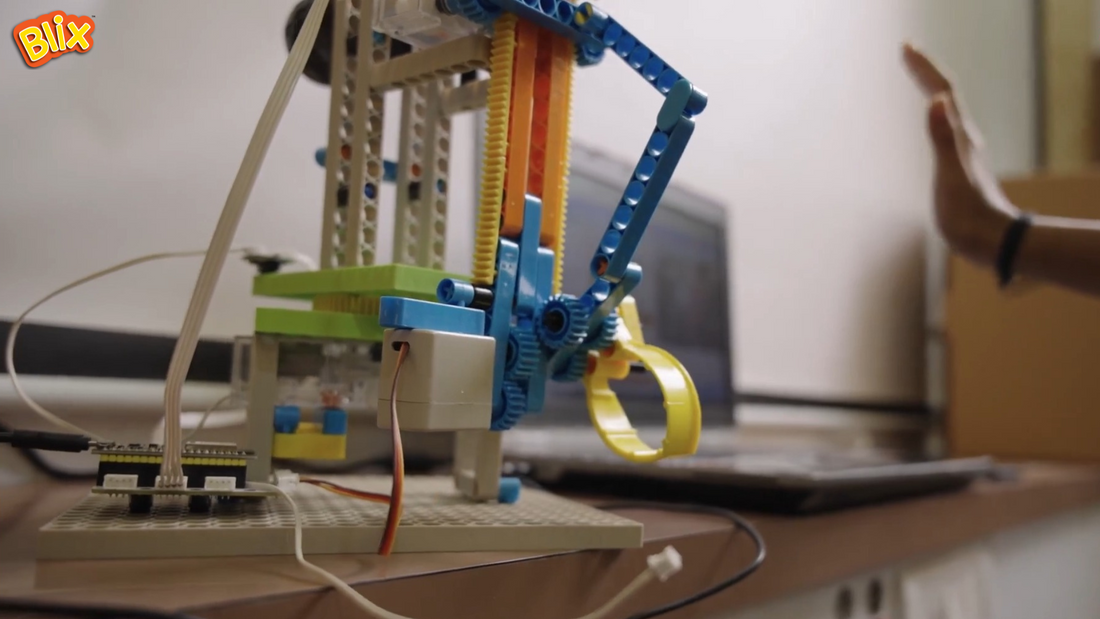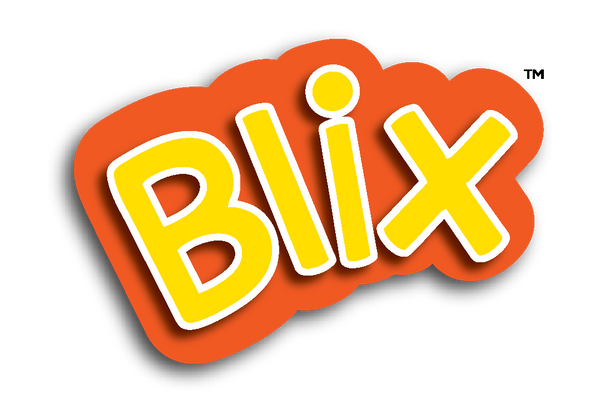
AI vs. Human Intelligence: Helping Kids Think Smarter, Not Just Faster
Share

We’re surrounded by Artificial Intelligence every day. We get recommendations on YouTube, there are voice assistants, and even cameras that recognise faces. It’s everywhere. But for schools, the question isn’t just “what is AI?” It’s “how do we prepare students to work with AI without losing what makes human intelligence unique?”
That’s where STEM labs for schools and a balanced AI curriculum for schools step in!
How do students actually learn differently with AI?
Give a student a robot car in a STEM robotics kit, and they’ll learn how to build and code it. Add an AI-powered robotics kit, and suddenly they’re training it to avoid obstacles or follow patterns.
The first teaches logic and structure. The second actually teaches adaptability. Together, they help kids understand the difference between following instructions and teaching a machine to “learn.”
Why Connect Robotics with AI in Classrooms?
Robotics makes STEM visible (and we say this with our literal experience). Kids see circuits, gears, and code working in front of them. AI makes it all smarter. Let's say a kid is building a sorting machine with a conveyor belt. With STEM kits for kids, they design and assemble them.
With AI learning kits for schools, they teach it to recognise objects by colour or size. It’s a direct experience of how AI changes robotics from static to intelligent.
What role does curiosity play in all this?
The thing to notice is that human intelligence is driven by curiosity. A child wondering why a paper plane flies differently each time is already thinking like an engineer. When that same curiosity is channelised into tinkering labs in schools or STEM educational toys, it turns into problem-solving.
And once the student gets into AI ML, their curiosity adds up, and they experiment. Instead of asking “what happens if?” they start asking “what can I make to learn next?”
So, can AI replace human intelligence in classrooms?
Never. AI can definitely calculate faster. But it cannot imagine, empathise, or create meaning the way students can.
In Robotics and AI education , AI is the tool, not the replacement. It sharpens human thinking by making kids analyse. They test and refine their ideas. In other words, technology doesn't outshine students; it makes them sharper.
How does Blix support this journey?
Blix builds AI and STEM robotics kits. With this, we try to balance between human and artificial intelligence for students. Through our Robotics and AI curriculum, learners code, build models and learn how AI works.
These experiences help them see AI not as magic. But as something they can control, train, and use. That’s how schools prepare children for a future where AI is everywhere, but human intelligence stays in the driver’s seat.
What’s the next step for schools?
The future isn’t about choosing AI or human intelligence. It’s more about using both. Schools setting up STEM labs in India can make AI part of everyday learning, and we have done this when we do lab setups.
With the right mix of Robotics curriculum for schools and AI learning kits for schools, students move from being passive users of technology to active creators. And that’s what thinking smarter, not just faster, really looks like!
